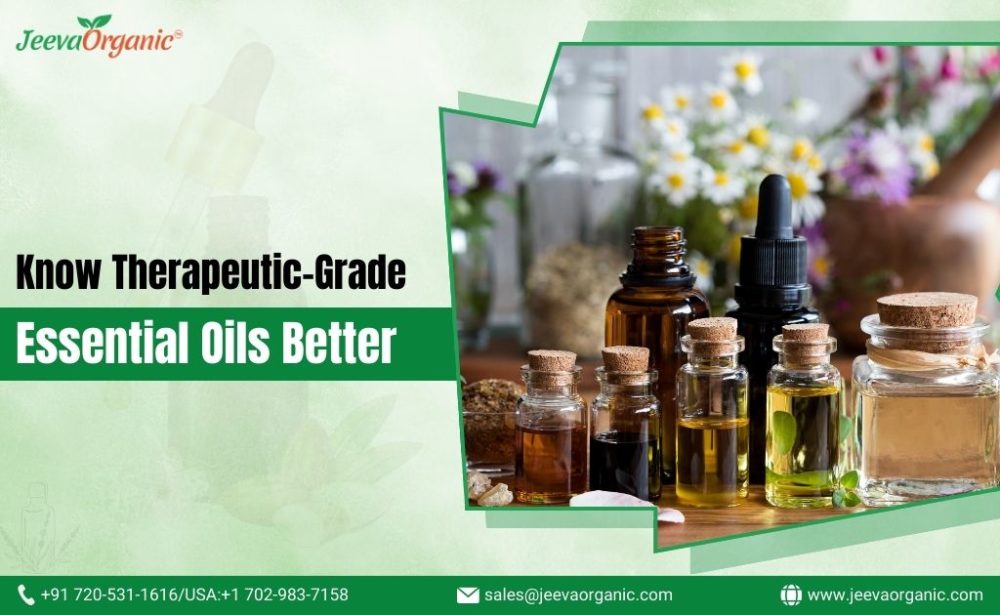Essential oils have become increasingly popular in the personal care industry for their natural and therapeutic benefits. These oils are extracted from various plant sources and offer a range of uses, from aromatherapy to skincare.
However, not all essential oils are created equal. To ensure the highest quality and therapeutic-grade essential oils, it’s important to understand the manufacturing process.
Manufacturing Therapeutic-Grade Essential Oils
Manufacturing the best therapeutic blends requires the manufacturer to have a thorough understanding of what to source. It is essential to carefully select the right essential oils and carrier oils that are pure, organic, and sustainably sourced.
A good understanding of the chemical composition and properties of each oil is also necessary to create the perfect blend for each specific application.
Some Commonly Sourced Essential Oils
Knowing what to source ensures that the therapeutic blend is effective, safe, and meets the desired quality standards. Here is a list of all the essential oils that are commonly sourced by successful trendsetters in the industry:
Peppermint oil:
- Refreshing and energizing
- Cooling and soothing properties
- Commonly used in skincare products
Tea Tree Oil:
- Popular essential oil with many benefits for the skin
- Commonly used to support skin health
- Can be added to cleaning products (products that disinfect surfaces)
Lavender Oil:
- Versatile essential oil
- Commonly used in aromatherapy products
- Can be added to skincare products (products that support skin health)
- Can be added to laundry detergent that may freshen clothes
Chamomile Oil:
- Gentle essential oil
- Effective in supporting skin health
- Can be added to hair care products (products that support hair health)
Oregano Oil:
- Potent essential oil with support for skin and immune health
- Can be added to cleaning products (products that disinfect surfaces)
- Should be used with caution and diluted before use
Black Seed Oil:
- Powerful essential oil with support for skin and immune health
- Commonly used in skincare products (products that soothe and hydrate the skin)
- Can be added to hair care products (products that promote hair health)
Sandalwood Oil:
- Luxurious essential oil with benefits for the skin and mind
- Commonly used in aromatherapy products for its calming and relaxing properties
- Can be added to skincare products
Sage Oil:
- Versatile essential oil with support for skin health
- Commonly used in skincare products for its antioxidant properties
- Can be added to hair care products to support hair health
Blending the Oils
After sourcing and testing the materials, the essential oil is blended with other oils to create therapeutic blends with specific properties. The blends are carefully formulated to ensure that they have the desired effects on the body and mind.
Bottling the Finished Product
Once the therapeutic blend is created, the final step is to bottle and package the essential oils. This involves using high-quality packaging materials that protect the oils from light and air to ensure that they remain potent and effective.
Conclusion
In conclusion, incorporating therapeutic-grade essential oils into personal care products can provide natural and effective support to a healthy skin, hair, and mind.
By choosing a reputable supplier of essential oils, who follows ethical and sustainable manufacturing practices, you can ensure your products’ highest quality.
Disclaimer:
**These statements have not been evaluated by the Food and Drug Administration. This product is not intended to diagnose, treat, cure, or prevent any disease.**

